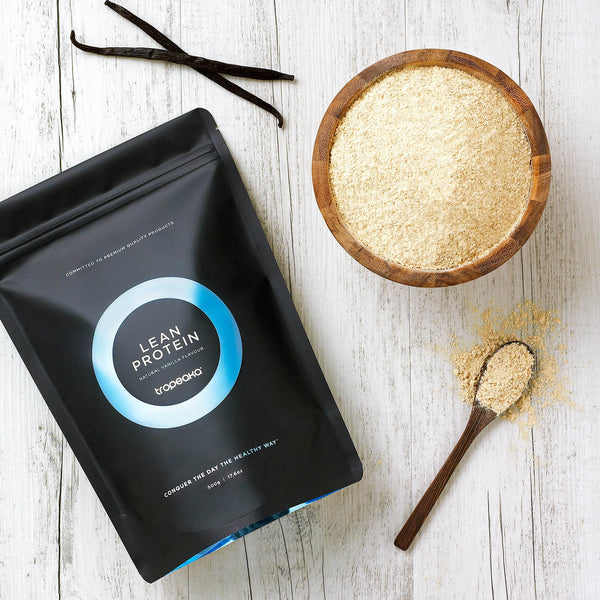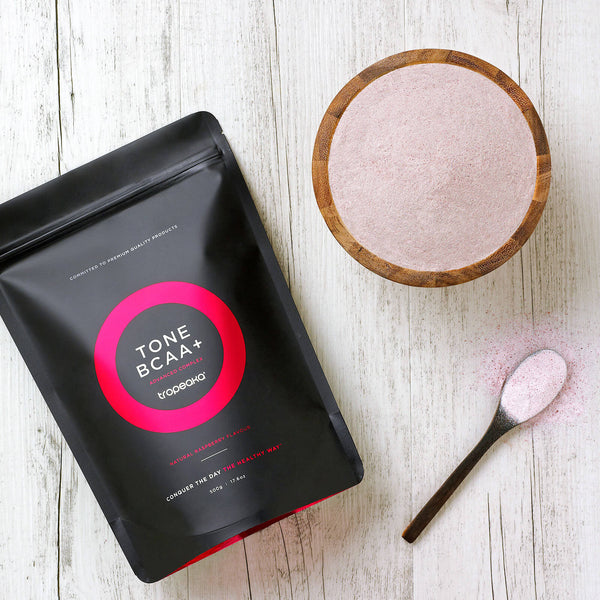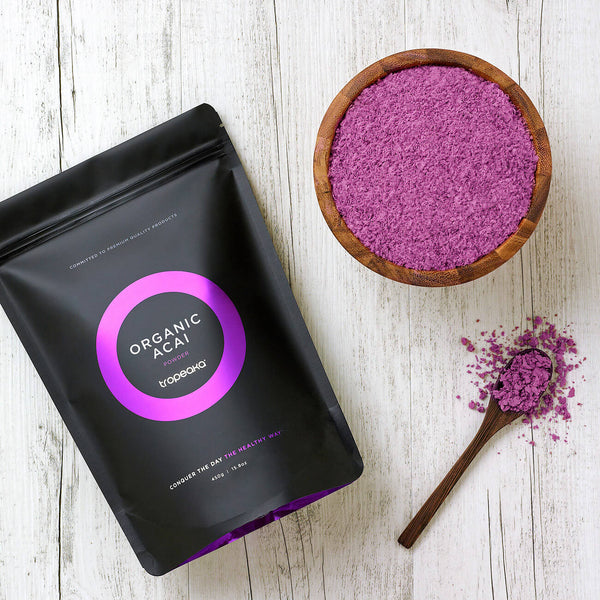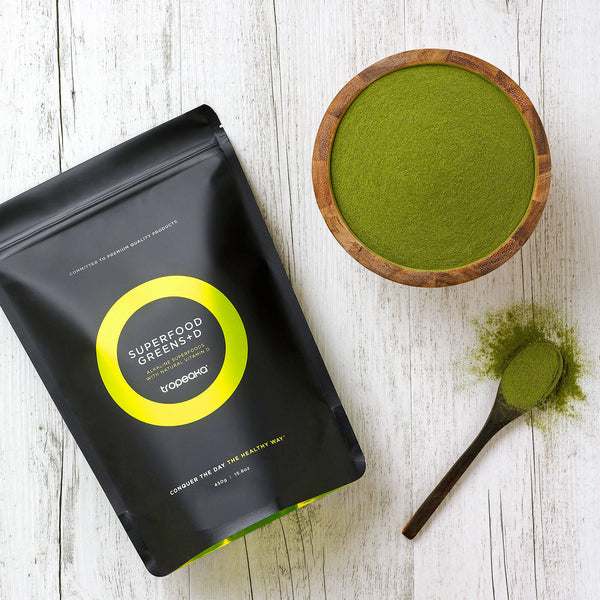Just some of the dangers of sitting too much include organ damage, muscle loss and weakening of the bones.
W
ith all our moving joints and specialised muscle groups, our amazing human bodies are perfectly designed for movement. Even at a molecular level, our bodies are designed to be active and on the move all day long.
In reality, though, most of us spend the majority of our days sitting down instead. There’s nothing inherently dangerous about sitting, and it’s totally natural to spend brief periods here and there sitting down - but it’s easier to overdose more than you perhaps might think.
Even if we’re committed to a 30-60 minute daily exercise routine, this is not enough daily movement to counteract the effects of hours and hours of inactivity.
What this means is, the dangers of sitting too much can also affect people with a good level of fitness.
So what exactly are the dangers of sitting too much?
Organ Damage: Reduced blood flow while sitting may increase the risk of heart disease, while excessive insulin is produced by the pancreas, increasing the risk of diabetes.
Metabolic dysfunction, hormonal dysfunction and inflammation put the all-day sitter in danger of developing various cancers, digestive disorders, and autoimmune problems.
Brain damage & poor mental health: When we’re motionless for too long, our brains get less of the fresh blood and oxygen required to trigger the release of brain chemicals.
This results in reduced cognitive ability over time, while the lack of mood-enhancing brain chemicals has a negative impact on our mood and mental wellbeing.
Sitting puts more pressure on the spine than standing does
Posture and skeletal problems: Sitting puts more pressure on the spine than standing does, and when we add a computer screen to the mix, we’re putting a terrible strain on our backs, necks and shoulders, causing chronic pain and risking permanent imbalances.
Our spinal disks absorb blood and nutrients by expanding and contracting as we move, so sitting for too long can cause these disks to become compressed and inflexible over time.
Our hips also suffer, becoming tight and losing their full range of motion.
Muscle loss: If you don’t use it, you lose it - and that goes for your glutes and abs too. Standing requires us to engage our core muscles, which can become weak with excessive sitting. Our glutes are also weakened by long seated periods, resulting in loss of stability and striding power, as well that lovely round shape…
Circulation problems: Sitting all day reduces the flow of the blood to our legs, resulting in poor circulation over time. Poor circulation can lead to painful disorders, such as varicose veins, swollen ankles, and a serious blood clot known as deep vein thrombosis.
Weak bones: Sitting too much can cause our bones to weaken, which can lead to osteoporosis.
Walking, running and other weight-bearing activities increase the strength and density of our bones, making us far less likely to suffer avoidable fractures as we age.
Long periods of sitting every day can have a seriously negative impact on our physical and mental health and even reduce our life expectancy.
When we stand up and carry our own bodyweight, a number of molecular effects are activated, which are responsible for regulating blood sugar, triglycerides and cholesterol, as well as ensuring the fuel from the food we eat is delivered to our cells.
Simply standing up and moving around briefly, but regularly throughout the day, dramatically reduces our risk of many health problems, while boosting our wellbeing and productivity.

So why do we sit?
The human body is built for long walks, and yet we sit in a car, bus or train to spend most of our time at school or work, which generally speaking, requires us to be seated as well.
We sit down to eat, sit down to socialise over coffee or wine, and sit down to relax at the end of the day. Sitting has become so ingrained in our culture, that even the gym junkies among us might be surprised to find out how little they move.
I want to be healthy, what’s the solution?!
Contrary to popular belief, getting more healthy movement into your day doesn’t mean you have to spend more time working out. Simply get more low-intensity movement into your daily routine. Here are a few simple ways to escape the dangers of sitting too much:
Walk to work: If you’re fortunate enough to live walking distance from your place of work or study, take advantage of it! In addition to using your purpose-built body, you’ll arrive at your destination with a clearer mind and a better mood.
If you have a longer distance to travel, consider parking further away, or getting off your bus a few stops earlier.
Track your steps: Most smartphones come with an inbuilt pedometer these days, but alternatively, you might want to invest in a pedometer or wearable fitness tracker.

If you’re already fit and well, aim for at least 7000 steps each day. Despite your fitness, you may be shocked to find out how little you move throughout the day, but on the other hand, you might be surprised to discover how all the little trips to the bathroom, across the hall to chat to your co-workers, and down the street to your favourite cafe, all add up to help you reach this target of around 5km.
Either way, it’s good to get a clearer picture of your daily activity.
Use focus boosting apps: The Pomodoro Technique is a time management method developed around 30 years ago by Francesco Cirillo. This technique uses a timer to break down our work time into shorter intervals, traditionally 25 minutes in length, separated by short breaks.
These short bursts of focus help us to increase our productivity by keeping our minds fresh and allowing us many opportunities to get up, move around, stretch, and increase blood flow to our brains.
There are many mobile and desktop Pomodoro apps available, including Tomato Timer and Focus Booster.
The benefits of working more efficiently, boosting your mood and being more creative, while moving more throughout the day, make this simple technique worthy of serious consideration.
Rather than sitting down while you make and take phone calls, stand up and walk around instead
Walk and talk, don’t sit and speak: Rather than sitting down while you make and take phone calls, stand up and walk around instead. Phone calls are also a good opportunity to do some stretches if you have a bit a of space.
Drink up: Deliberately drinking lots of water will not only mean you’ll have to get up to refill your bottle more often, but it also means you’ll need to take more trips to the bathroom.
Sit on a fit ball: Exchanging your office chair for an exercise ball will have you automatically moving much more throughout the day. Not only will you sit with an engaged core and better posture, but you’ll also find that bouncing is pretty irresistible and feel more inclined to stand up when the opportunity presents itself.
Relinquish your seat on the train: Rather than joining in on the battle for seating on public transport at peak hour, decide to stand and enjoy the smug feeling of doing something healthy.
You might want to consider walking on a treadmill while you enjoy your favourite shows
Treadmills and TV: If you love to unwind with a bit of tv after work or school, then you might want to consider walking on a treadmill while you enjoy your favourite shows - especially if you’ve been sedentary for most of the day.
It doesn’t need to be a workout - just a casual stroll will suffice! If you don’t own a treadmill, getting up to do some stretches, squats or pushups during the ad breaks is a good alternative.
Adjustable desks: If you do spend long hours desk-bound, then it may be worth investing in an adjustable desk, which allows you to easily alternate between sitting and standing throughout the day.
Standing for too long isn’t great for our health either, so the ideal solution is to do healthy amounts of both.
Although sitting down has become a way of life for many people, it’s ideally supposed to break up our daily activity when we need a rest - not the other way around.
That said, there is a healthy way to sit and an unhealthy way to sit. We can reduce the health risks associated with prolonged sitting by implementing some of the simple solutions listed above, as well following the methods of posture expert, Esther Gokhale.





